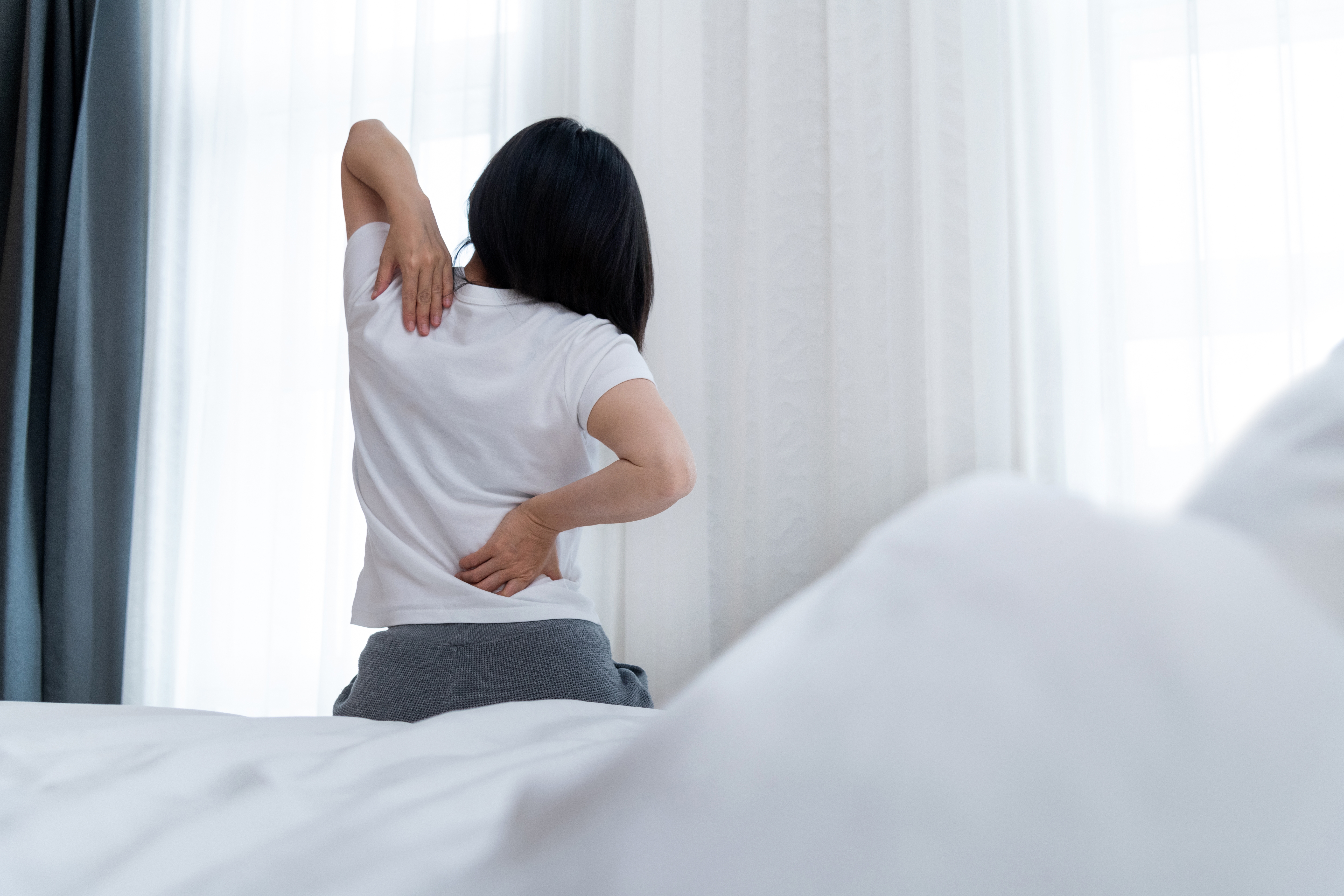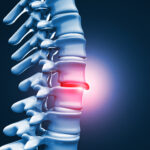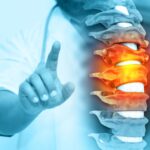
Piriformis Syndrome and Holistic Solutions for Living with Back Pain
Think you know the difference between holistic solutions for living with back pain and minimally invasive treatment for managing Piriformis Syndrome and other spinal issues? Think again.
While many individuals have a general idea, there are often misconceptions about what these approaches truly entail. The key difference is that holistic approaches take a broader view of health and use non-invasive therapies, while minimally invasive treatments are more targeted medical procedures.
Holistic methods often require more time and patient engagement but have fewer risks. Minimally invasive techniques can provide faster pain relief but are more invasive, although it’s a very light invasiveness. Many patients benefit from combining both approaches as part of a comprehensive treatment plan for spine problems and back pain.
Importantly, Piriformis Syndrome isn’t solely about the muscle itself. A holistic approach that considers overall muscle strength, activation patterns, and lifestyle modifications is increasingly recognized as being crucial for comprehensive management. By addressing these underlying factors, patients can minimize the risk of recurrence and pain.
Holistic Solutions for Living with Back Pain vs. Minimally Invasive Options
Leveraging holistic solutions for living with back pain sees the whole picture, not just the pain. It’s a gentle approach that digs deeper to find the root of your problem, not just masking symptoms. You’re an active participant in your healing journey, learning and making changes to improve your overall health.
Holistic treatment incorporates:
- Lifestyle factors. This amounts to examining how your daily habits, work, and activities impact your spine and back health.
- Diet. Targeting your food and beverage choices equates to exploring the connection between nutrition and inflammation, and how food choices can support healing.
- Stress. This addresses the role of stress in muscle tension and pain, offering techniques for relaxation and coping.
- Your overall health. You’ll need to consider any underlying medical conditions that may contribute to back pain.
- Non-invasive therapies. These may include acupuncture and massage, yoga or meditation, nutritional changes, chiropractic care, and biofeedback.
On the other hand, minimally invasive treatment is all about precision. It’s surgery, but not as you know it, offering relief when other treatments fall short. Your recovery is faster.
Minimally invasive treatments integrate:
- Targeted pain relief. This focuses on specific areas causing pain, using minor procedures or injections.
- Minimal disruption. Minimally invasive treatments can involve small incisions and less tissue damage compared to open surgery.
- Faster recovery strategies. This allows for quicker healing and a return to normal activities.
Piriformis Syndrome’s Relationship to Your Spinal Activity
Piriformis Syndrome, a common yet elusive cause of sciatica and low back pain, affects millions of patients worldwide, forcing them to consider holistic solutions for living with back pain. While not life-threatening, its impact on daily life is undeniable, contributing to the billions of dollars spent annually on back pain-related health care costs.
Diagnosing Piriformis Syndrome remains a challenge for doctors. With no definitive test and symptoms that mimic other conditions, delayed treatment is common, leaving patients in a frustrating cycle of pain and uncertainty.
Certain groups are more susceptible to this painful condition. Skiers, tennis players, and long-distance runners or cyclists, along with truck drivers who experience prolonged sitting, are at higher risk. Surprisingly, even those with desk jobs can develop Piriformis Syndrome due to the sedentary nature of their work.
Interestingly, women seem more prone to this condition, with some studies indicating a significant gender disparity. Age and work-related factors for women versus men can also play a role.
Fortunately, most cases of Piriformis Syndrome respond well to conservative treatments. Rest, targeted stretching exercises for your piriformis muscle, over-the-counter pain medications, muscle relaxants, and physical therapy can often work wonders in alleviating pain and restoring normal function. When these measures prove insufficient, minimally invasive interventions like corticosteroid injections can provide much-needed relief.
However, Piriformis Syndrome is known for striking its victims randomly, underscoring the importance of patient education and preventive measures. Avoiding prolonged sitting, engaging in regular stretching routines, and protecting the gluteal region from trauma are essential.
While diagnosing Piriformis Syndrome remains challenging, researchers are exploring new imaging techniques like diagnostic ultrasonography and MRIs to better assess the piriformis muscle. These advancements hold promise for an earlier and more accurate diagnosis.
Piriformis Facts and Holistic Solutions for Living with Back Pain
According to experts on holistic solutions for living with back pain and Piriformis Syndrome, this condition may be responsible for 0.3 to 6 percent of all cases of low back pain or sciatica.
“With an estimated amount of new cases of low back pain and sciatica at 40 million annually, the incidence of Piriformis Syndrome would be roughly 2.4 million per year,” states a report published by the National Library of Medicine’s National Center for Biotechnology Information. “In the majority of cases, Piriformis Syndrome occurs in middle-aged patients, with a reported ratio of male to female patients being affected.”
The piriformis muscle is flat, oblique, and pyramidal-shaped. It crosses through the greater sciatic notch and hooks on the greater area of your hip bone. When there’s an extension of your hip, the muscle acts primarily as an external rotator; but when your hip is flexing, the Piriformis acts as a special hip muscle.
“When the piriformis muscle is overused, irritated, or inflamed, it leads to irritation of the adjacent sciatic nerve, which runs very close to the center of the muscle,” the research states, noting that your sciatic nerve’s entrapment usually occurs anterior to the piriformis muscle. The Piriformis can be stressed due to chronic poor body posture or some acute injury that results in a sudden and strong internal rotation of your hip.
Patients with Piriformis Syndrome usually suffer from:
- Chronic pain in the buttock and hip area.
- Pain when getting out of bed.
- Inability to sit for a prolonged time.
- Pain in the buttocks that’s worsened by hip movements.
“Patients will often present with symptoms of sciatica, and it can often be difficult to differentiate the origin of the radicular pain secondary to spinal stenosis versus the Piriformis Syndrome,” the findings conclude.
Primary Versus Secondary Piriformis Syndrome
When considering holistic solutions for living with back pain, remember that there are two types of Piriformis Syndrome: primary and secondary. Primary Piriformis Syndrome is like being born with a quirky muscle or nerve layout. Maybe your piriformis muscle is split or your sciatic nerve takes a detour.
Secondary Piriformis Syndrome is more like a pain party crasher. It shows up after something happens, like a major injury or repetitive strain. Think of it as the muscle getting overworked or irritated, causing a ruckus with your sciatic nerve.
Most of the time, Piriformis Syndrome falls into this second category, triggered by overuse or a sudden injury. It’s like a muscle spasm that won’t quit, squeezing your nerve and leaving you in agony.
Your piriformis muscle is a hard worker, constantly flexing and stretching when you walk or run. If you have an abnormal gait or one leg is longer than the other, this muscle might work overtime.
Sometimes, the nerve is more sensitive to being squeezed by the muscle. Maybe it’s a bit too close for comfort, or it takes an uncommon path through the muscle. Simply cutting the muscle might not solve the problem, which is why surgeons need to carefully untangle the nerve and muscle to give it some breathing room.
“Patients who have blunt trauma to the buttock and then have signs and symptoms that are suggestive of lumbar nerve-root compression may have post-traumatic Piriformis Syndrome,” according to Journal Medical Society. “The sciatic nerve can be compressed between the piriformis muscle and the roof of the sciatic notch due to myositis ossificans of the piriformis muscle. Post-radiotherapy fatty atrophy of the piriformis muscle is another cause of Piriformis Syndrome.”
Holistic Solutions for Living with Back Pain: Some of Your Options
Holistic solutions for living with back pain often involve combining multiple strategies and may require patience and consistency. It’s important to work with health care professionals to develop a personalized plan that addresses your specific needs.
Here’s a handful of solutions:
- Stretch it out. Think yoga poses or a figure-four stretch.
- Get physical. Team up with a physical therapist for a personalized workout plan. Strong core, hips, and glutes mean a happy piriformis.
- Do-It-Yourself massage. Grab a foam roller or tennis ball and give yourself a massage. Roll out those tight spots to release tension.
- Shake it up. Get up and move around regularly. Invest in an ergonomic chair and mind your posture.
- Chill out. Stress can make everything worse. Meditation, deep breathing, and even biofeedback can help you relax.
- Eat right. Fill your plate with fruits, vegetables, and whole grains. These anti-inflammatory foods can help calm things down.
- Hot and cold. Use heat before stretching to warm up your muscles, and cold to cool down inflammation afterwards.
- Explore alternatives. Acupuncture, chiropractic care, or even osteopathy can help realign your body.
- Treat your feet. Supportive shoes and custom orthotics can help take the pressure off your lower body.
- Sleep smart. Proper sleep posture and pillows can work wonders for your spine.
- Stay hydrated. Water is essential for healthy muscles and tissues.
- Get moving, but gently. Swimming, biking, or using an elliptical are great ways to stay fit without aggravating your symptoms.
Managing Piriformis Syndrome is a marathon, not a sprint. Regular reassessment and adjustment of your management plan can help optimize your results and improve your quality of life.
Maxim Health
Looking for holistic solutions for living with back pain? This is where our groundbreaking approach intersects with your needs. Maxim Health is a beacon of innovation.
Our comprehensive focus brings together luminaries in spine surgery for an unparalleled experience in care, expertise, and attention. With an extensive track record of successful and intricate procedures, Maxim Health is also at the forefront of surgical solutions. We help patients regain control of their lives, from non-invasive interventions to the latest advancements in pain relief.












